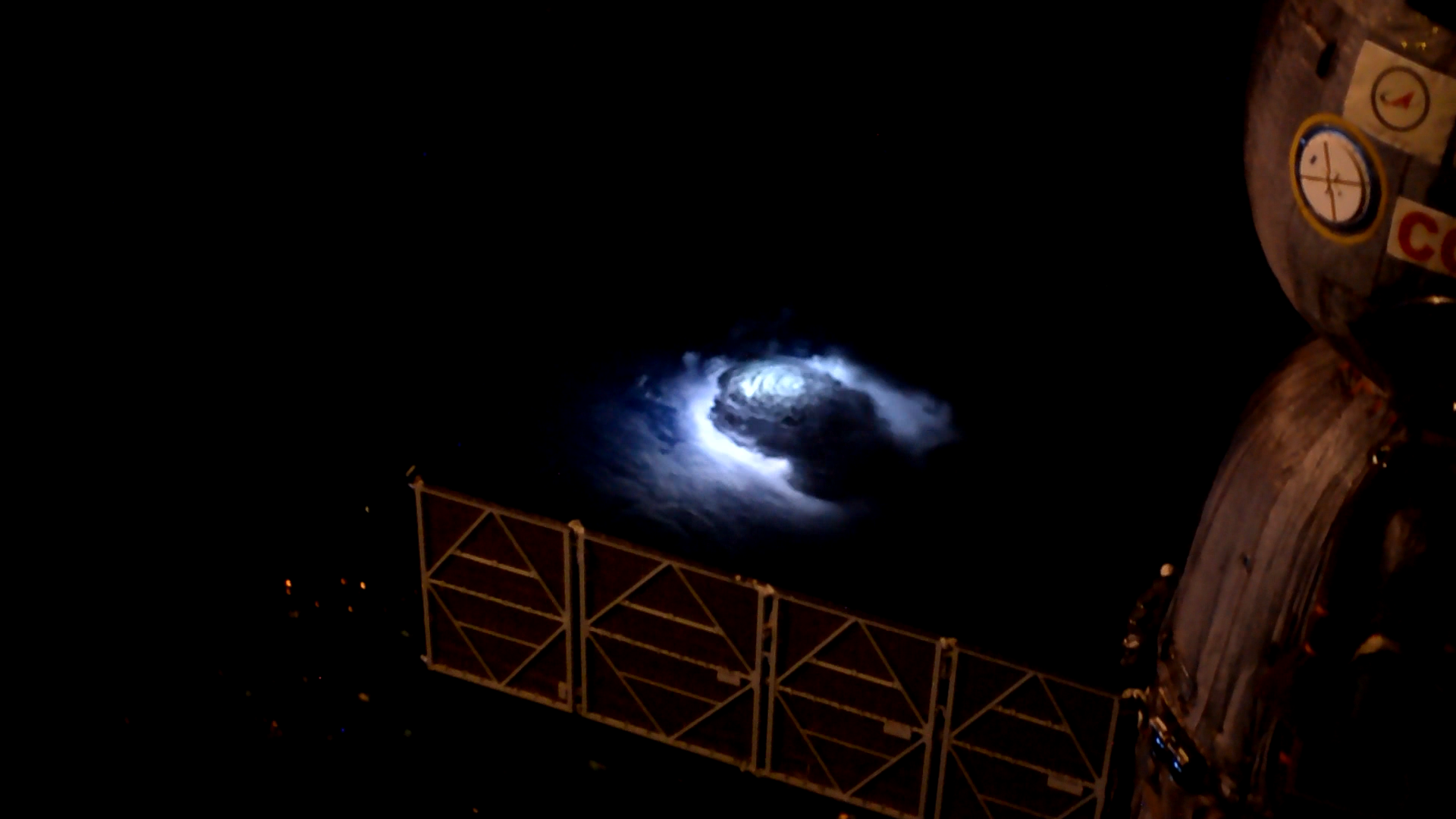Lightning Bolts Create Glowing Auroral 'Elves' and Brilliant Gamma-Ray Flashes

Dark fluffy thunderclouds don't just fuel dramatic storms, they also produce some of the most energetic flashes of light on the planet — and brilliant sky displays known as ultrasonic "elves." Now, new findings have painted a clearer picture of what's going on in the silent interludes of a stormy sky.
For a long time, scientists have been searching for gamma-ray flashes in the deep folds of the universe. In 1994, while peering out into space in search for these signals, a NASA instrument happened to pick up on gamma-ray flashes that were emitted from somewhere closer to home — earthly thunderclouds.
These flashes, the most energetic natural phenomena on our planet, became known as terrestrial gamma-ray flashes (TGFs). They're created when a thunderstorms' strong electric field excites atmospheric particles, which then emit radiation. But not much was known about what causes this high-energy phenomenon.
Related: Electric Earth: Stunning Images of Lightning
To figure this out, a group of researchers analyzed data from a European Space Agency instrument called the Atmosphere-Space Interactions Monitor (ASIM) aboard the International Space Station. The ASIM is the first instrument to be used for the purpose of detecting TGFs, rather than their even brighter doppelgängers out in deep space, said Torsten Neubert, the head scientist of the ASIM and lead author of a study published Dec. 10 in the journal Science.
Their measurements showed a very specific sequence of events, lasting only a couple of milliseconds long, during a lightning strike. First, they detected an increase in light, which corresponds to the birth of a lightning bolt. During that process, a cloud creates both an electric field and a leader — a path of ionized air. They then detected a big peak in X-rays and gamma-rays, which correspond to the TGF, and then a huge optical pulse, Neubert told Live Science.
This optical pulse traveled up from the thundercloud to the ionosphere, a region of the atmosphere some 50 to 600 miles (80 to 1,000 kilometers) above Earth's surface. The pulse was "so powerful that it excited the lower region of the ionosphere," which is approximately 100 kilometers far and wide, Neubert said. In other words, it excited free electrons in the ionosphere, which then began colliding with neutral nitrogen and then emitted radiation.
Sign up for the Live Science daily newsletter now
Get the world’s most fascinating discoveries delivered straight to your inbox.
This radiation is defined by another weather phenomenon, similar to auroras, called "elves," in which millisecond-long bursts of visible light and ultraviolet radiation glow in an expanding ring around a lightning strike. These luminous celestial beings, however, are visible only with the most sensitive equipment.
Prior to this study, elves were thought to be unrelated to thunderstorms. Their findings suggest that the same lightning bolt triggers both TGFs and elves, though it's not clear if TGFs have any role in producing the elves, Neubert said. It's also not clear if TGFs and elves happen every time lightning strikes, but it likely happens much more often than we can detect, he added.
Another recent finding, published Dec. 10 in the Journal of Geophysical Research Atmospheres, suggests that TGFs happen right before visible lightning. These brilliant flashes occur right before a pulse of electricity shoots through the charged cloud, becoming a lightning bolt, according to a statement. Both of these studies were presented this week at the American Geophysical Union's annual meeting in San Francisco.
"A lot of stuff is happening within space observations for lightning," some for monitoring weather and some for understanding the phenomenon, Neubert said. "Taken together [there's a] truly magnificent couple of years that are coming up."
- Photos: Skydiver Sean MacCormac 'Surfs' on Thunderstorm Clouds
- Images: Amazing Shots of Storms Light Up Weather Photo Contest
- Dramatic Photos Show Wildfire Smoke Sucked Up by Storm
Originally published on Live Science.


Yasemin is a staff writer at Live Science, covering health, neuroscience and biology. Her work has appeared in Scientific American, Science and the San Jose Mercury News. She has a bachelor's degree in biomedical engineering from the University of Connecticut and a graduate certificate in science communication from the University of California, Santa Cruz.









